Bánh Khọt Miền Tây (Vietnamese Mini Savory Pancakes)
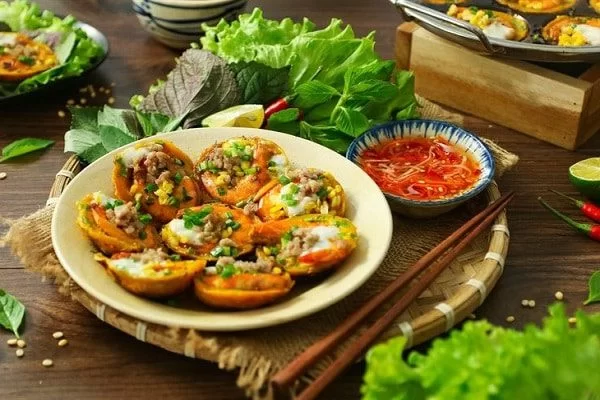
Ingredients
-
Mini savory pancake flour – 200 g
-
Coconut milk – 400 ml
-
Shrimp (tôm thẻ) – 300 g
-
Squid – 300 g
-
Lime juice – 2 tsp
-
Spring onion – 50 g (chopped)
-
Garlic (minced) – 2 tsp
-
Mixed herbs – a handful
-
Chili (minced) – 2 tsp
-
Fish sauce – 2 tbsp
-
Sugar – 4 tsp
-
Cooking oil – a bit
How to choose fresh squid:
-
Observe the squid’s color: good-quality squid will have a deep purplish-brown back and a milky-white belly.
-
Check for firmness: gently press the squid’s body—if the flesh feels firm and elastic, it’s fresh. On the other hand, if it feels mushy and leaves a dent that doesn’t bounce back, it’s not fresh.
-
See more: How to choose fresh squid properly.
How to choose fresh shrimp:
-
Look for live shrimp with clear, translucent shells and a natural ocean scent (not fishy).
-
The head should be firmly attached to the body, and the tail should be tightly curled inward—these are signs of freshness.
-
For frozen shrimp, choose ones that are whole, feel naturally firm and springy to the touch, and have no strange smell (to avoid chemically treated or water-injected shrimp).
-
Avoid shrimp with black spots under the shell, overly curled bodies, or flared tails—these are signs of poor quality and may lack sweetness or firm texture when cooked.
Nutritional Information
For: Meat-eater
Calories per serving: ~350–400 kcal
Key Nutrients:
1. Protein
- Source: Shrimp, squid
- Benefits: Helps maintain lean muscle and supports tissue repair
2. Medium-chain triglycerides (MCTs)
- Source: Coconut milk
- Benefits: Quick energy source, may aid weight control
3. Vitamins A & C
- Source: Herbs and chili
- Benefits: Support immunity and skin health
4. Iodine
- Source: Seafood
- Benefits: Important for thyroid function
5. Antioxidants
- Source: Garlic, chili, lime juice
- Benefits: Fight free radicals and support heart health
1. Prepare the seafood
-
For the squid: Pull out the squid head gently and remove the ink sac carefully to avoid breaking it. Discard the spine. Rinse thoroughly under running water if the ink sac breaks.
-
Cut off the eyes and the hard beak-like part in the center of the squid’s head. Wash again and slice the body into rings.
-
(See more: How to clean squid at home.)
-
For the shrimp: Peel, devein, and remove the tail. Tear the shrimp meat into small pieces.
Quick tip to devein shrimp without cutting:
-
Count up from the tail to the second segment. Insert a toothpick in this spot and gently pull the black vein out.
-
Alternatively, use a toothpick to lift the black vein from the shrimp’s upper body and pull it out cleanly.
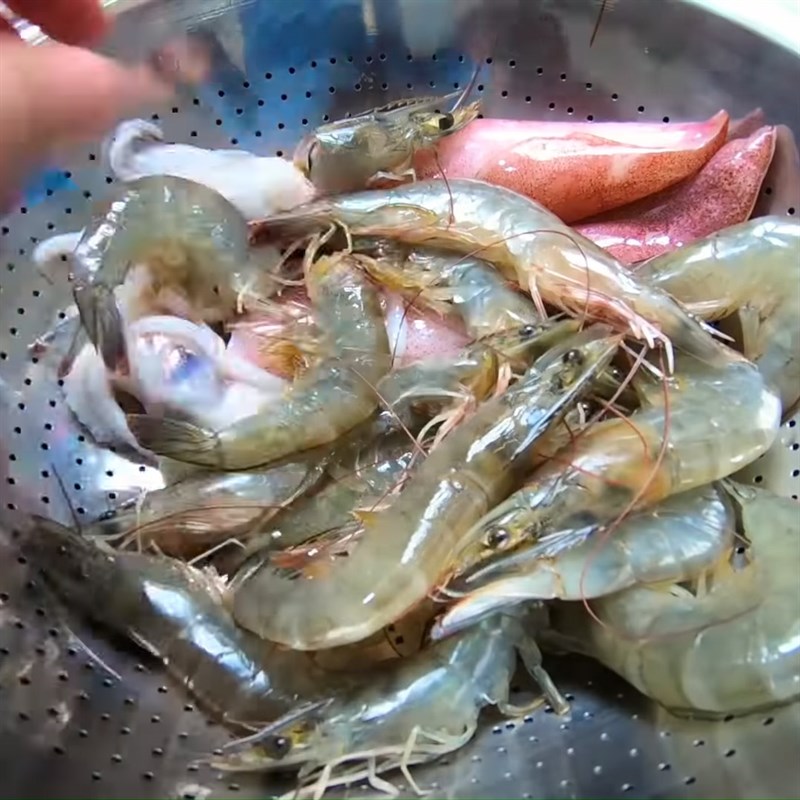
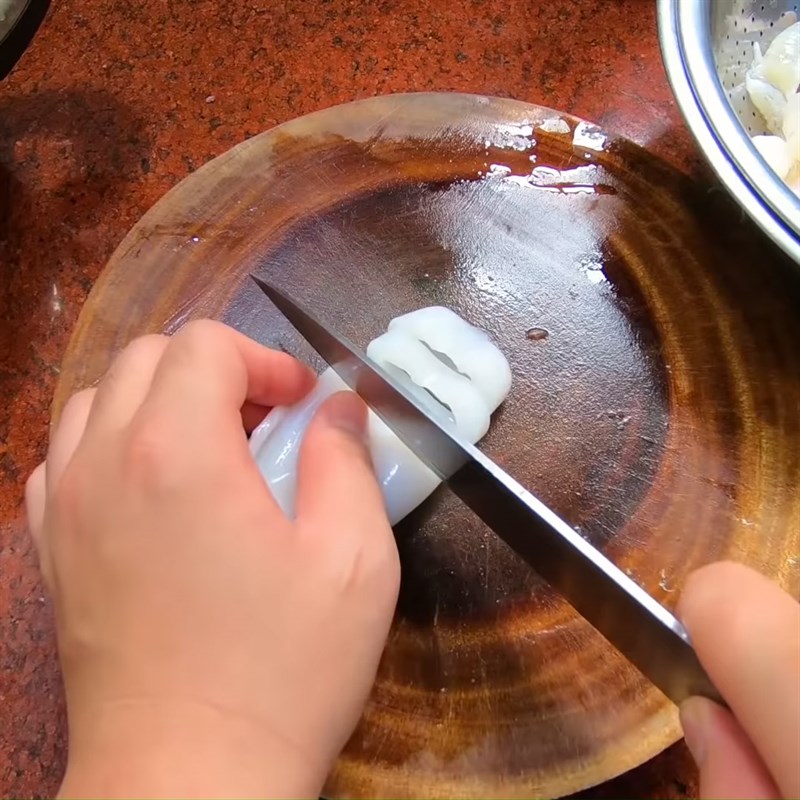
2. Prepare the batter
Mix bánh khọt flour with 400ml coconut milk and 50g chopped scallions. Stir well and let the batter rest for 5–10 minutes.
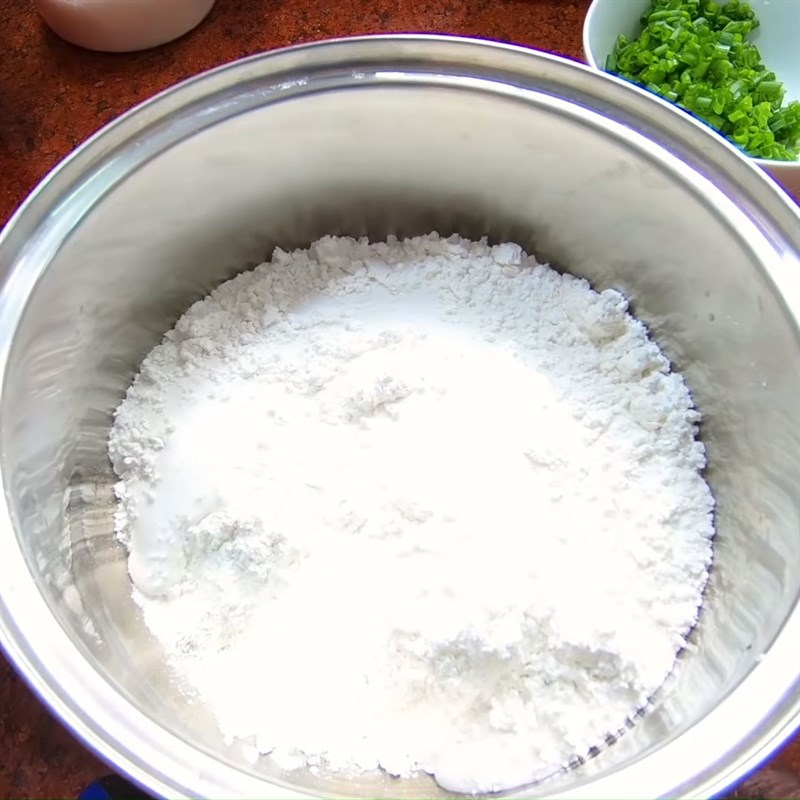
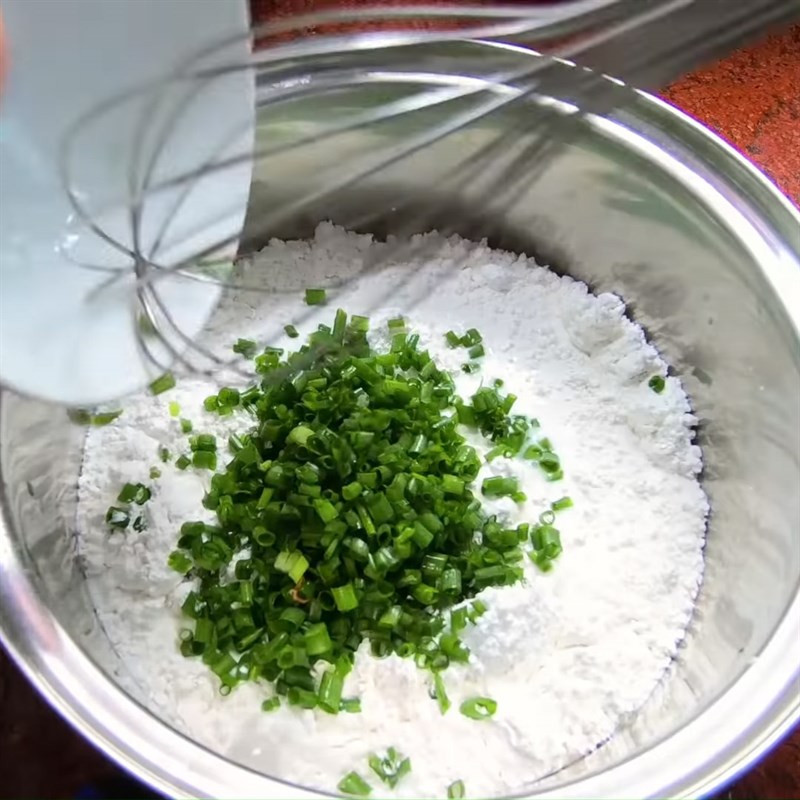

3. Make the dipping sauce
Combine 2 tbsp fish sauce, 2 tbsp water, 4 tsp sugar, and 2 tsp lime juice. Stir until sugar dissolves, then add 2 tsp minced garlic and 2 tsp chopped chili.
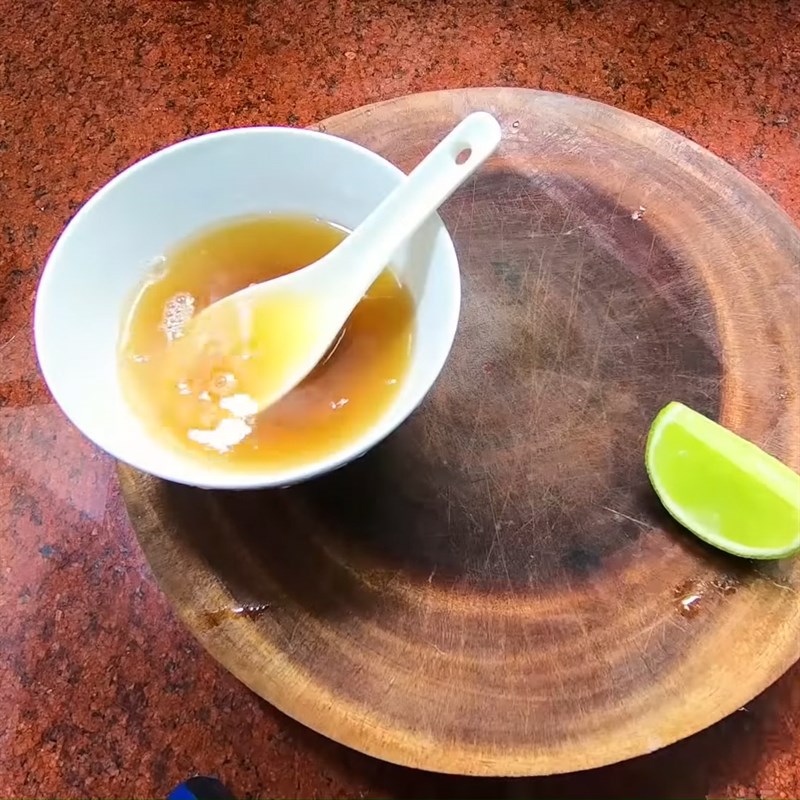
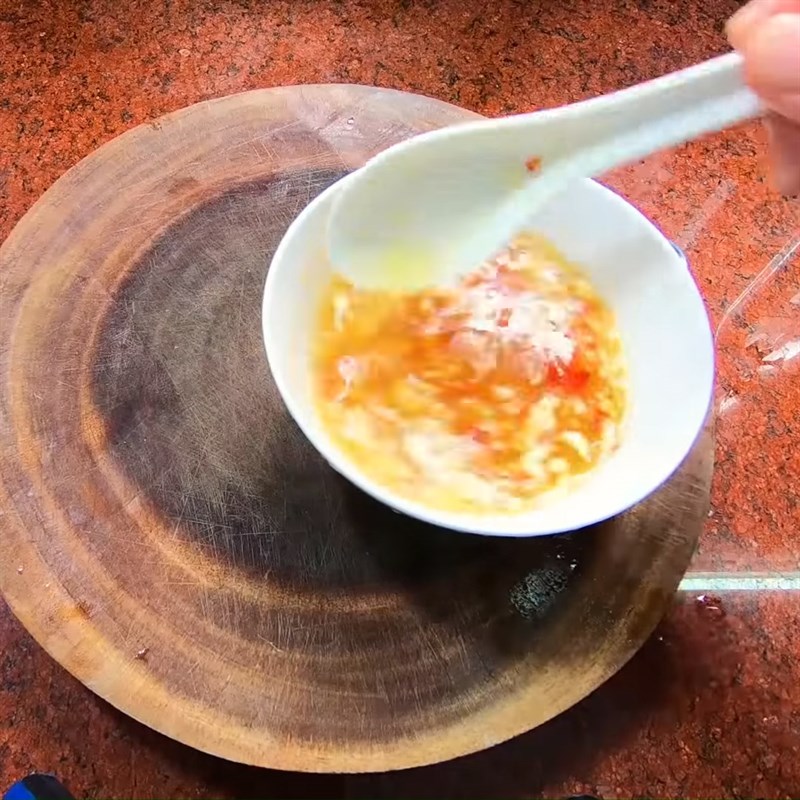
4. Cook the pancakes
-
Heat a bánh khọt pan and add 1 tsp oil to each mold.
-
When the oil is hot, pour the batter into the molds and top each one with a piece of shrimp or squid.
-
Cover the pan and fry over medium heat for about 3 minutes, until golden and crispy.
Tip: To make the cakes extra crispy, use enough oil to partially submerge the batter while frying.
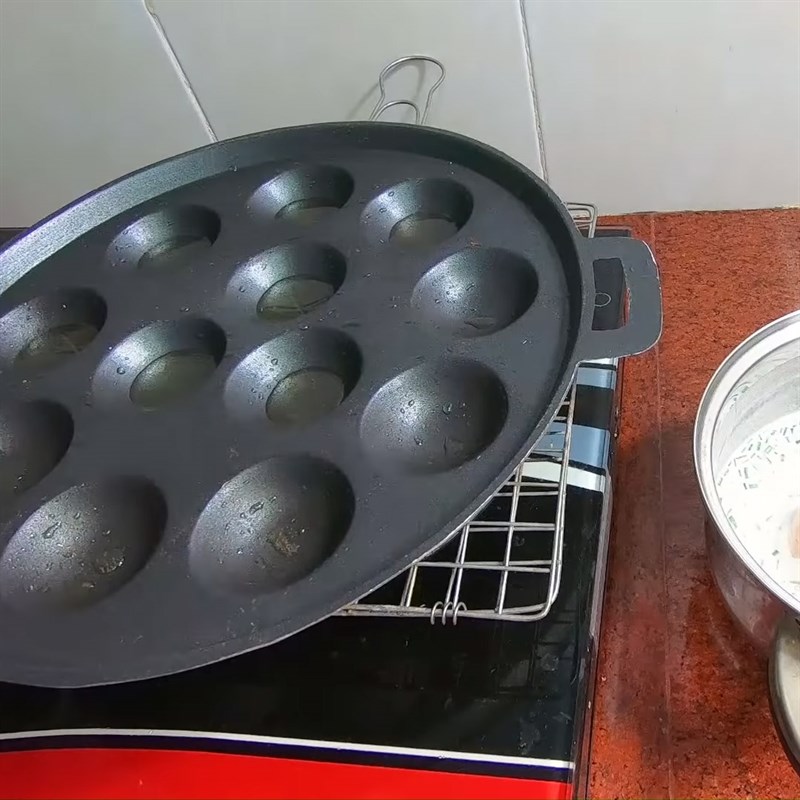
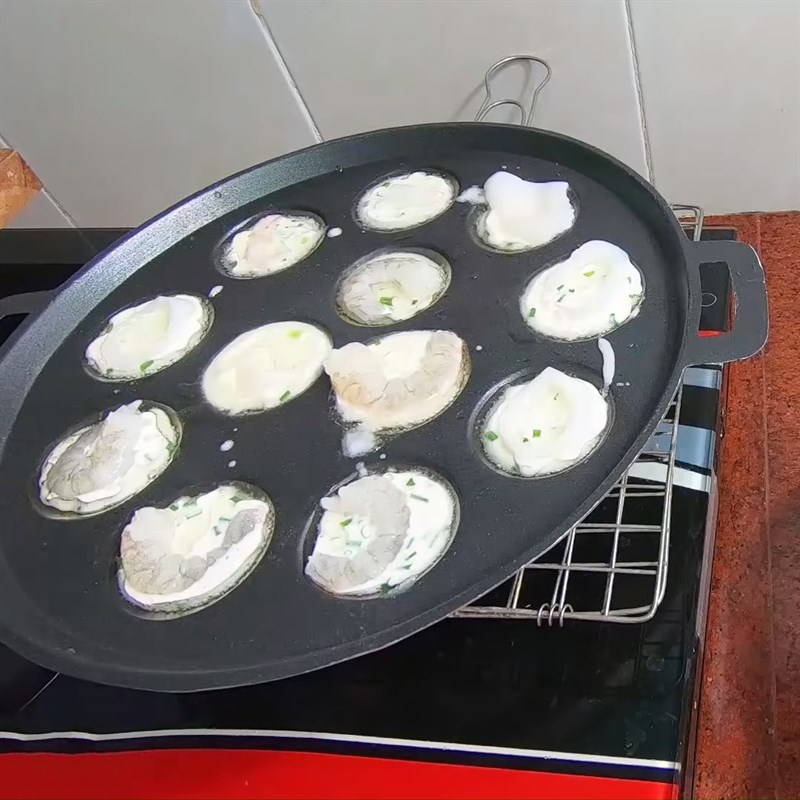
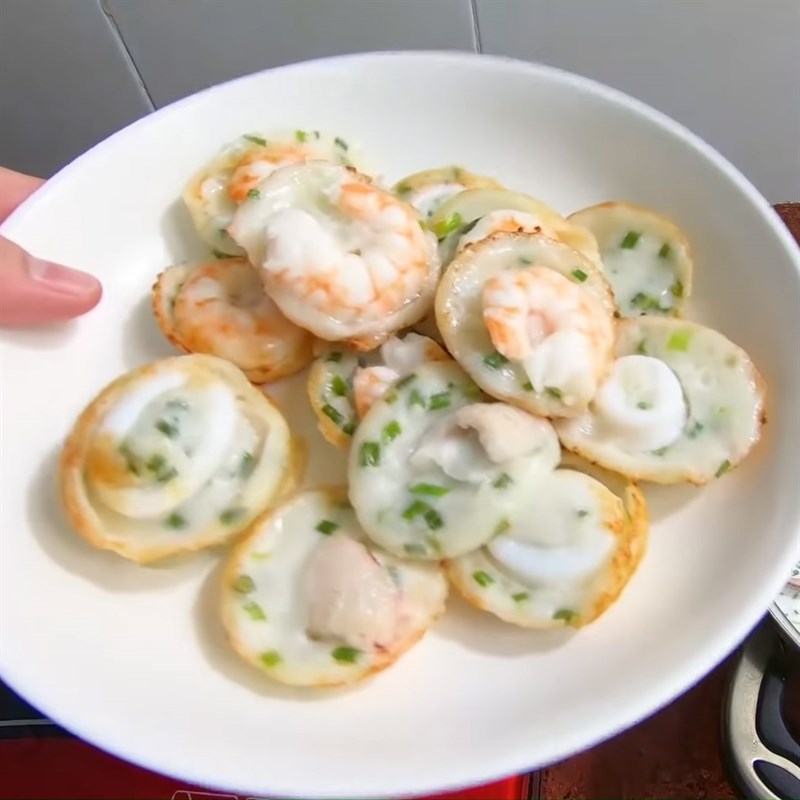
5. Finished dish
Vung Tau-style bánh khọt is known for its rich coconut aroma, crispy crust, and juicy seafood topping. Serve hot with flavorful dipping sauce and fresh herbs. Perfect for weekend family gatherings!
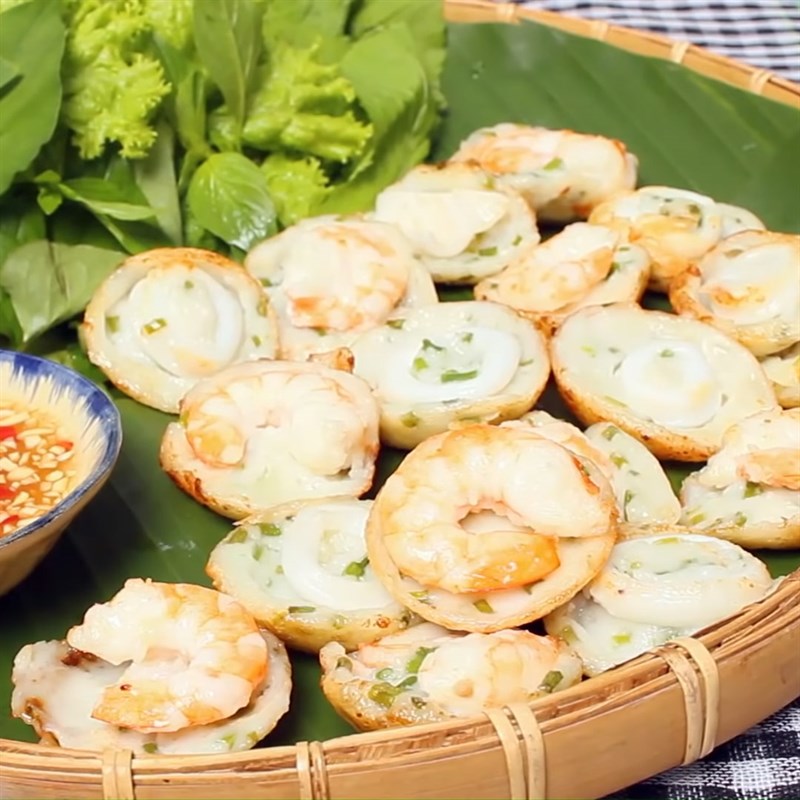
Vietnamese mini crispy coconut pancakes were born from the daily livelihood of coastal families in Vũng Tàu — where sunlight glitters on the sea, and the wind carries traces of salt into every breath, every dish. Long ago, when fishermen returned from their journeys at sea, the women at home would gather whatever they had left — broken grains of rice, a bit of freshly pressed coconut milk, a handful of shrimp or squid — and turn them into a simple meal for the family. Instead of frying large pancakes like bánh xèo, they poured the batter into small round cast-iron molds to save oil and fuel. The milky rice batter, enriched with coconut milk, sizzled the moment it touched the hot pan, releasing a cheerful “khọt” — a sound that announced breakfast, warmth, and a home where the kitchen fire was still burning.
Over time, that sizzling sound became the familiar rhythm of morning in Vũng Tàu. The aroma of coconut milk and smoke drifted through the narrow seaside alleys, gently calling people down to breakfast or out to the street stalls. From the modest coastal kitchens, Vietnamese mini crispy coconut pancakes made their way to village markets and street corners — carried by women in conical hats, crouched beside steaming cast-iron pans, flipping each golden cake with calloused yet gentle hands.
The name of these Vietnamese mini crispy coconut pancakes came naturally from that very sound — not from legend or scripture, but from the joyful hiss of batter meeting oil, from the simple delight of a warm meal shared in a seaside home. And from that humble moment, these Vietnamese mini crispy coconut pancakes became a slice of memory — a taste of childhood and coastal life.
Today, Vietnamese mini crispy coconut pancakes are no longer just a street snack or a humble family breakfast — they are a symbol of heritage and quiet pride for the people of Vũng Tàu. Within each little cake lies the salt of fishermen’s sweat, the sweetness of family care, and the creamy richness of peaceful, slow mornings by the sea. Bite into one, and the crispy shell gives way to soft coconut-scented batter, topped with shrimp or squid that carries the gentle sweetness of the ocean. When wrapped in fresh lettuce, herbs, mustard leaves, and dipped into a bowl of sweet-sour fish sauce, the flavors bloom all at once: crispy – soft – rich – sweet – salty – sour – spicy — just like how coastal people embrace sun and wind, yet keep tenderness in their hearts.
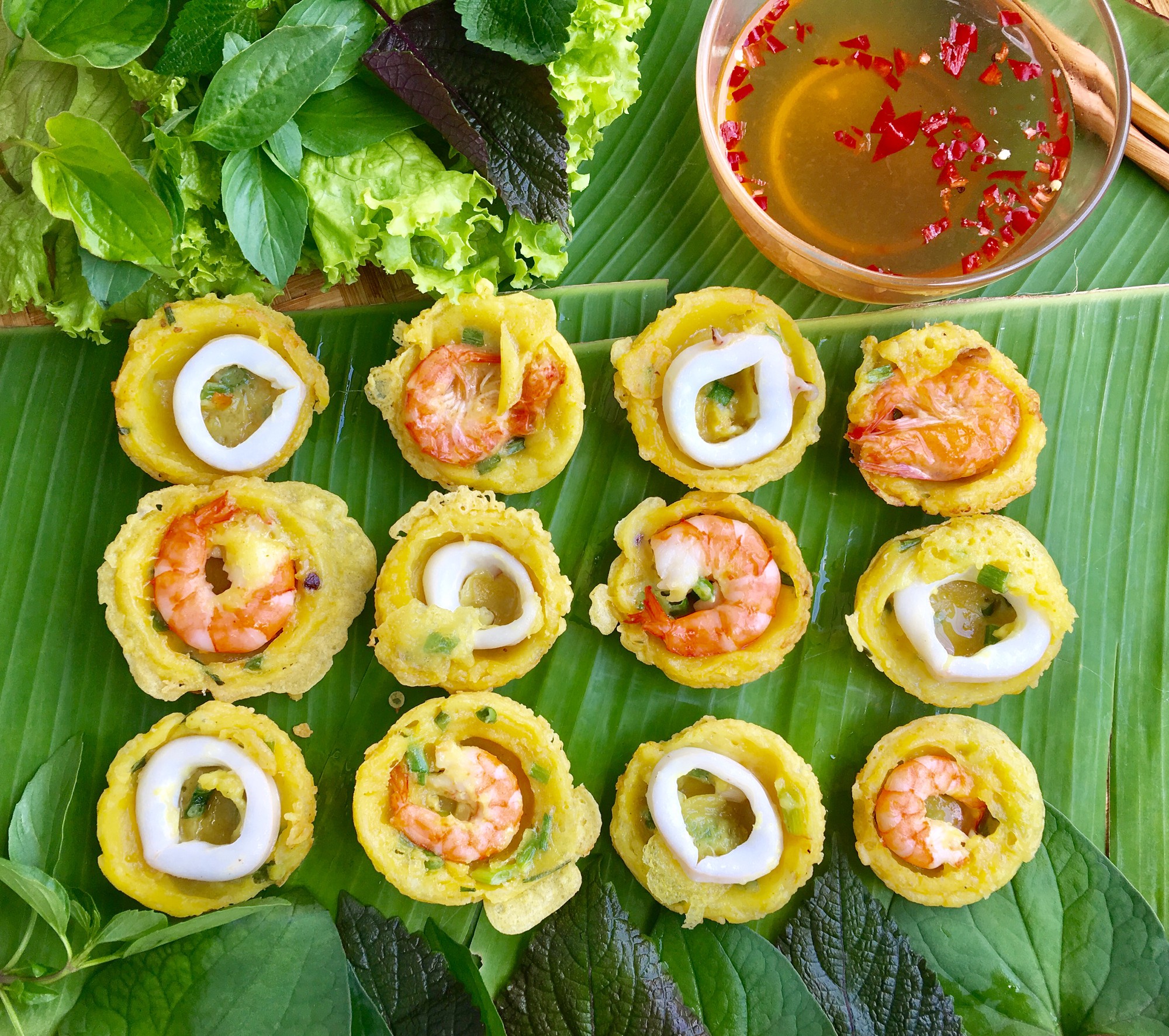
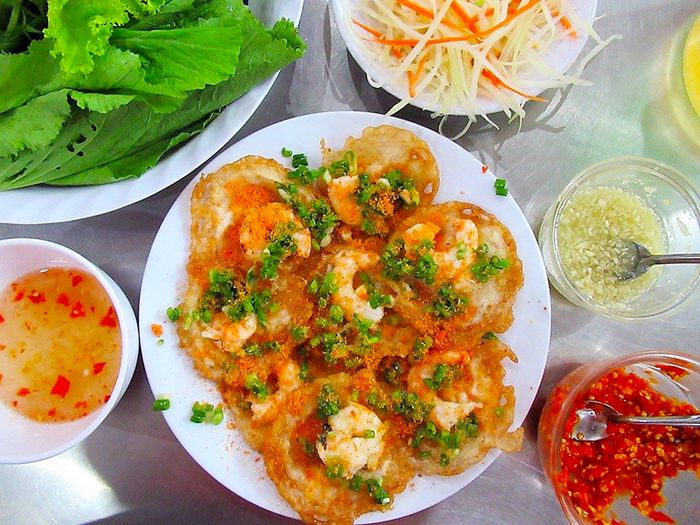
Bánh Khọt Miền Tây (Vietnamese Mini Savory Pancakes)

